1. The finished look is getting closer to reality. Thanks to Eric Black of e. Black Design we have a good idea of what our finished goal will look like.
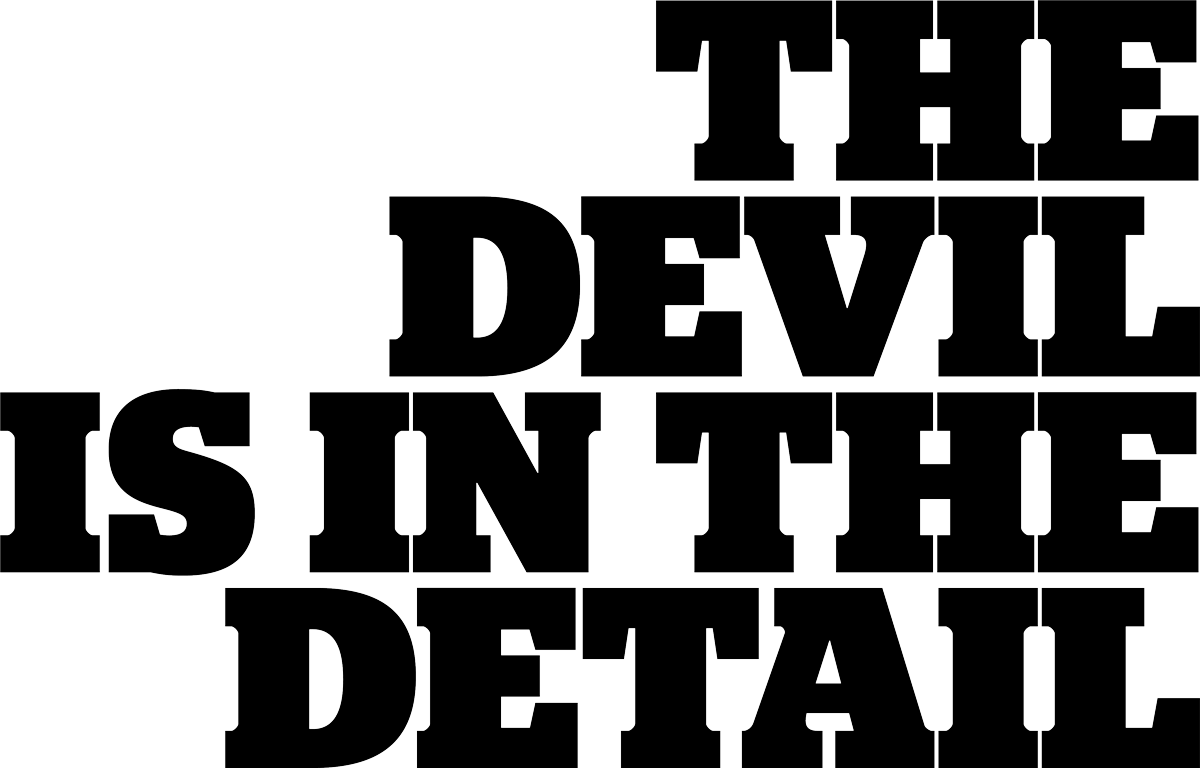
By Ron Covell
Photography By Ron Covell & Rodger Lee
Videography By Rodger Lee
Artwork By e.Black Design
s work nears completion on Greg Heinrich’s cutting-edge ’35 Chevrolet coupe, we wanted to show how some of the outstanding details were handled. (In previous months, Modern Rodding has brought you chassis and sheetmetal work.) Ironworks Speed & Kustom has made a commitment to use the latest technology to design and build these parts. In most cases, the portion of the car where the parts will fit is scanned, so when the parts are designed in CAD they will fit precisely. Once the CAD model is completed, a plastic part is printed and then this part is checked for fit and appearance before machining the final part from billet aluminum. Opportunities for improvement often become apparent after the printed part is made, and frequently parts go through several revisions before the design is finalized.
Manufacturing parts in this way brings a new level of precision to the building process, and when you look at the deeply sculped louvers on the front inner fender panels and the rear valence panel you can imagine how challenging it would be to fabricate these parts from sheetmetal. The process worked so well that many of the original Chevrolet parts were replaced by parts machined from billet, too.


3. In this close-up shot of the seat frame you can see the superb quality of finish achieved by precision machining.
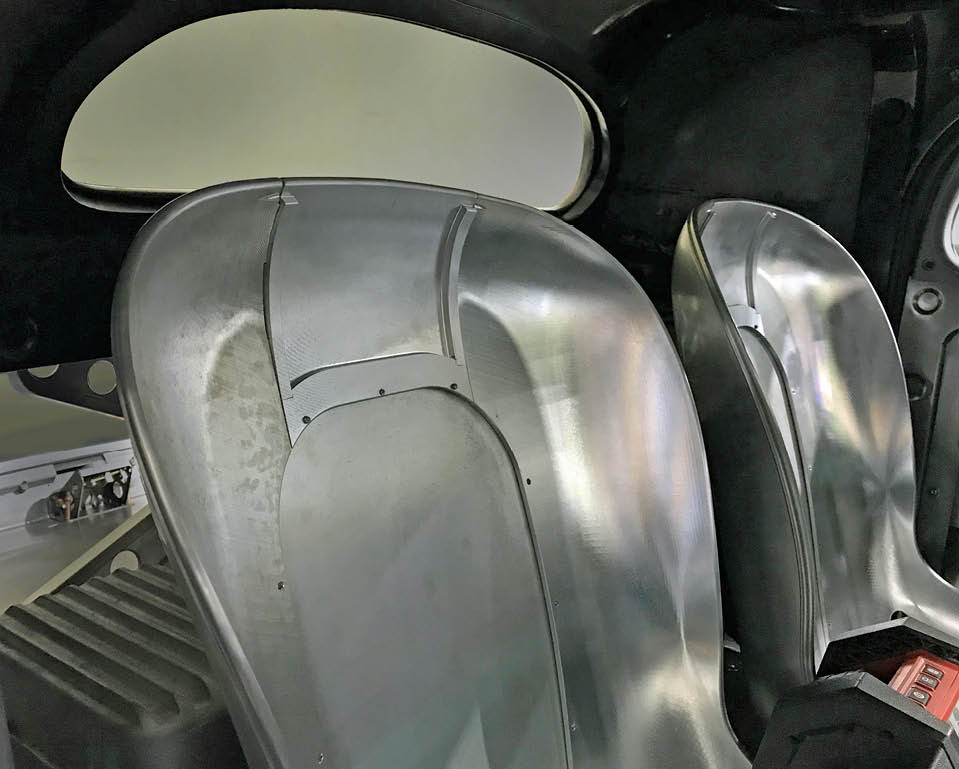
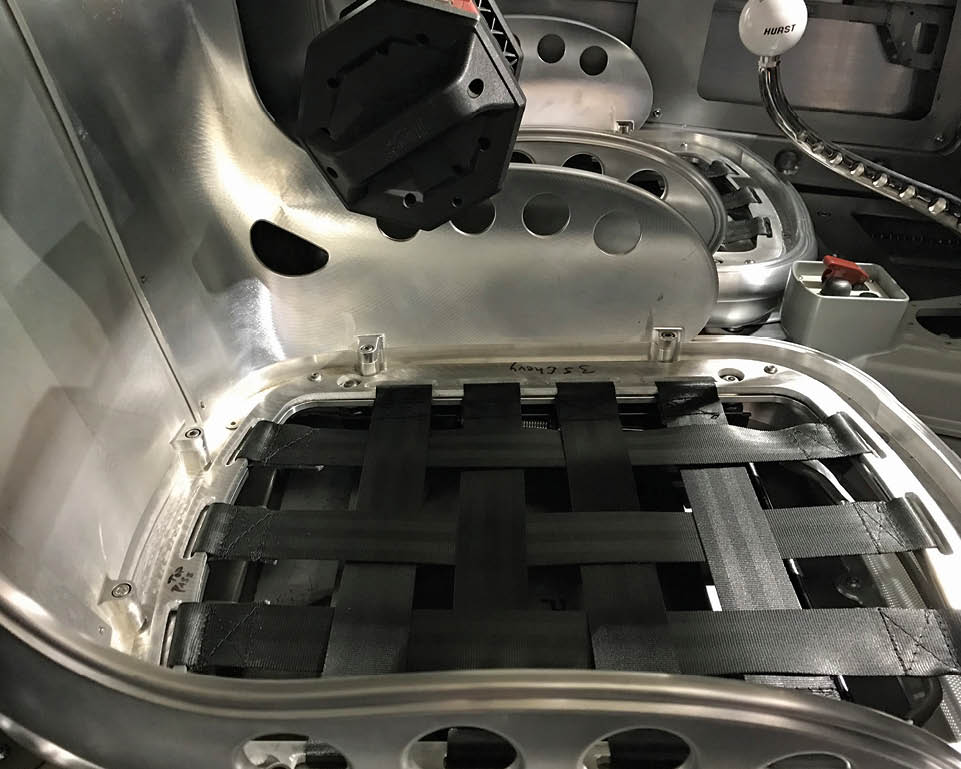


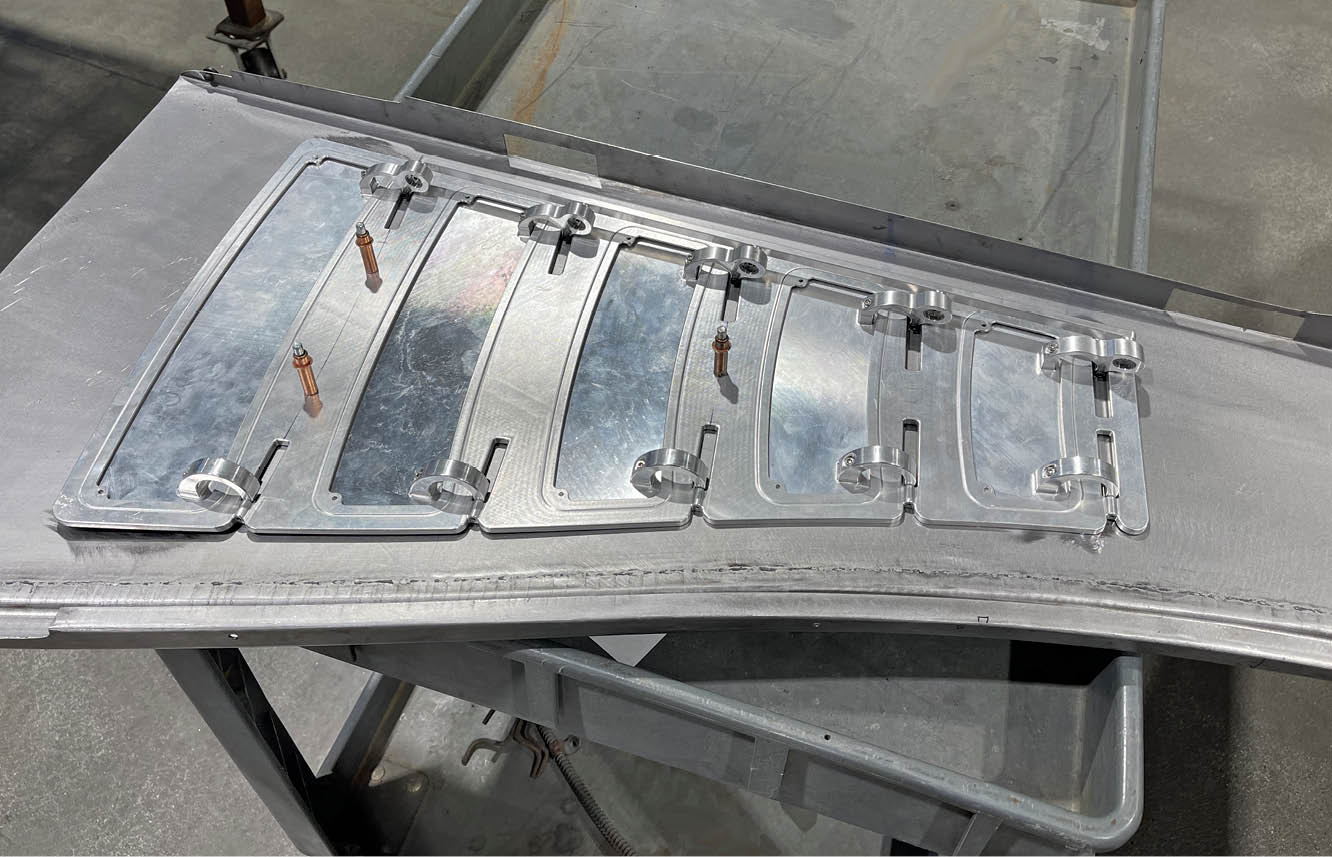
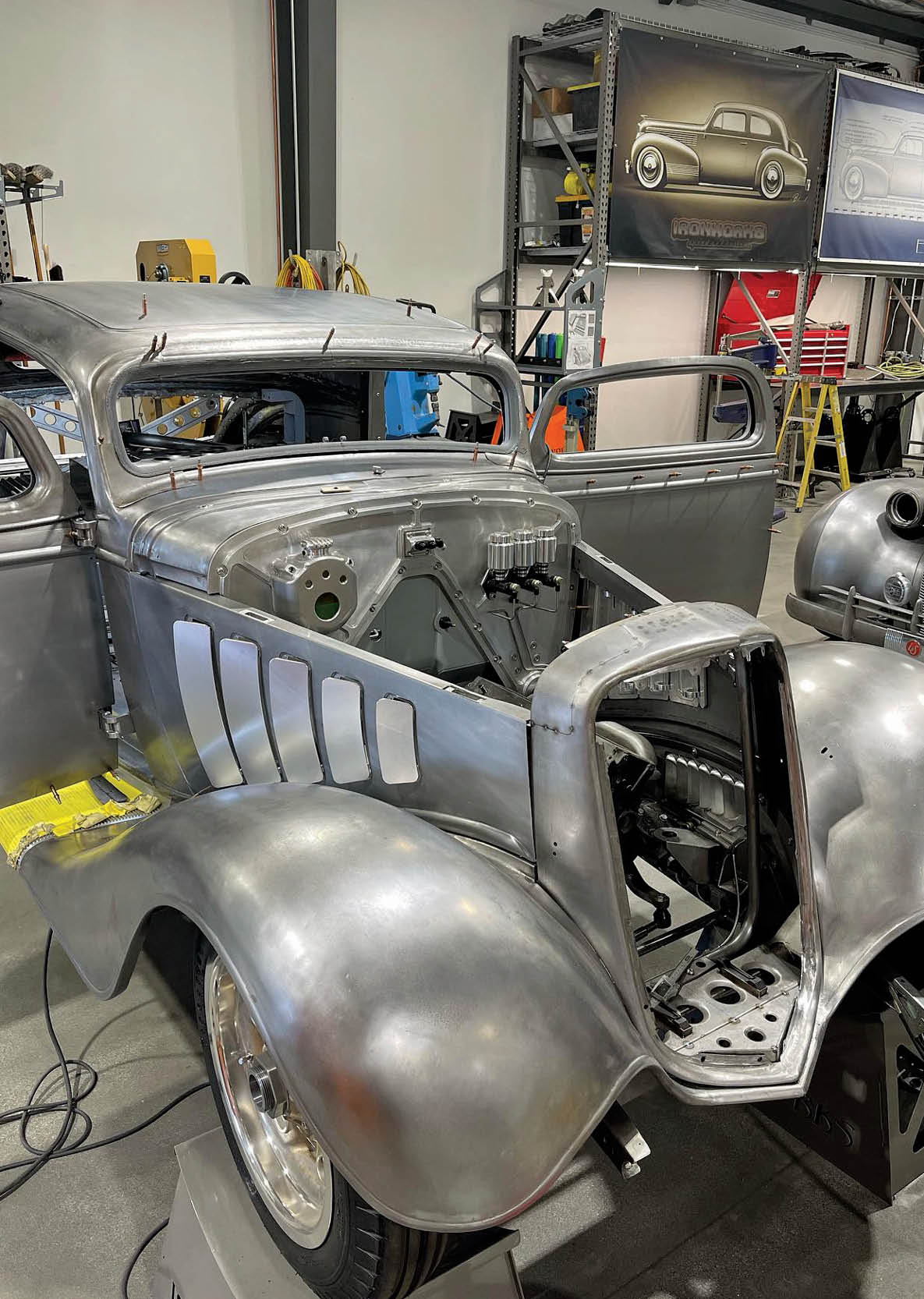

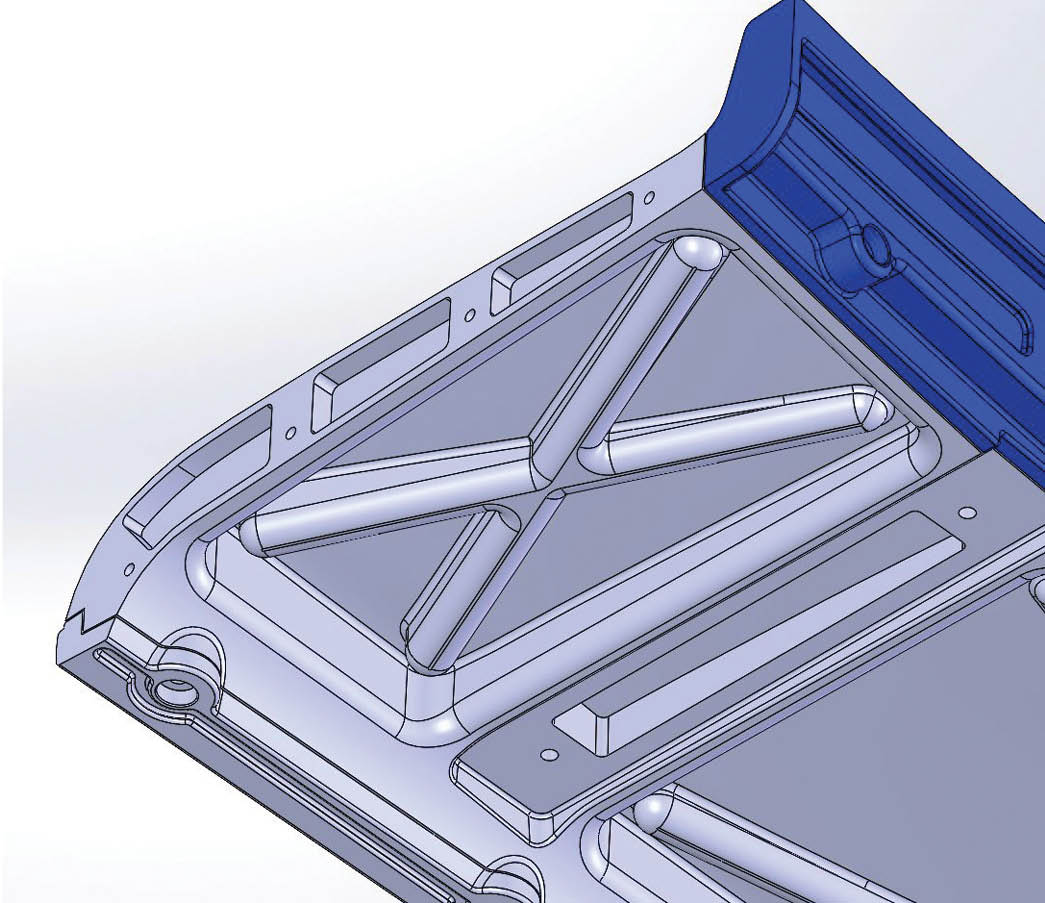

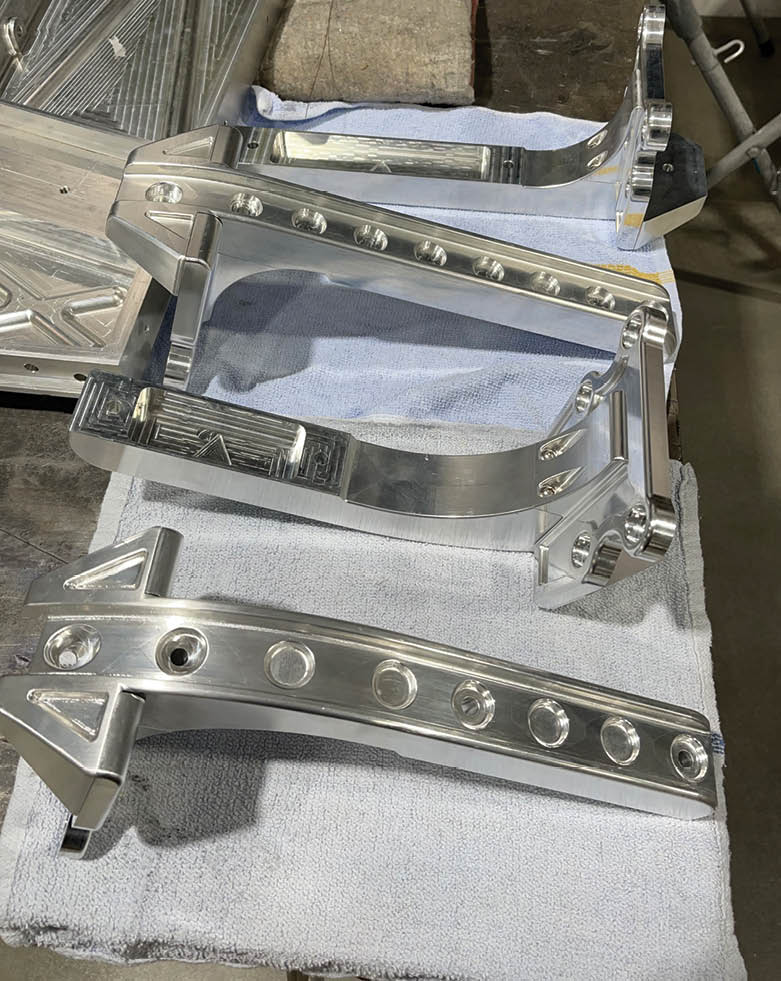
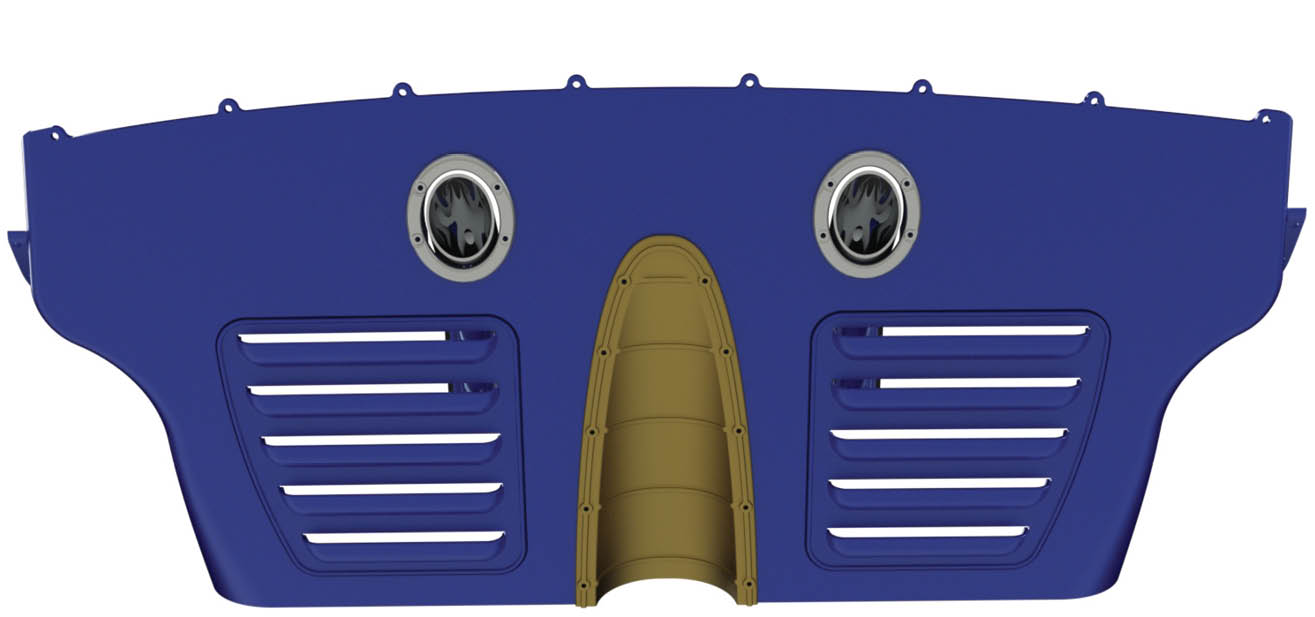
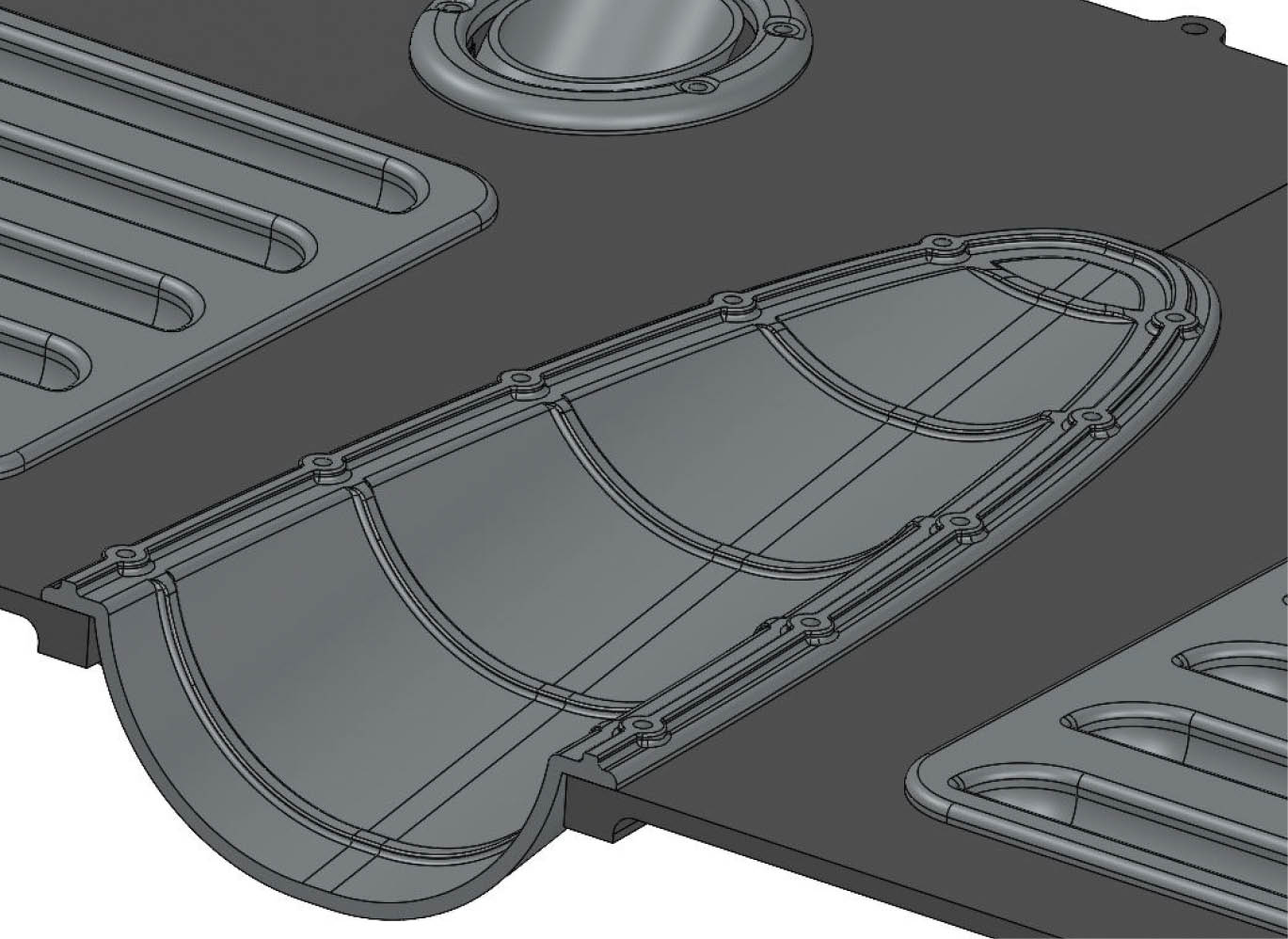

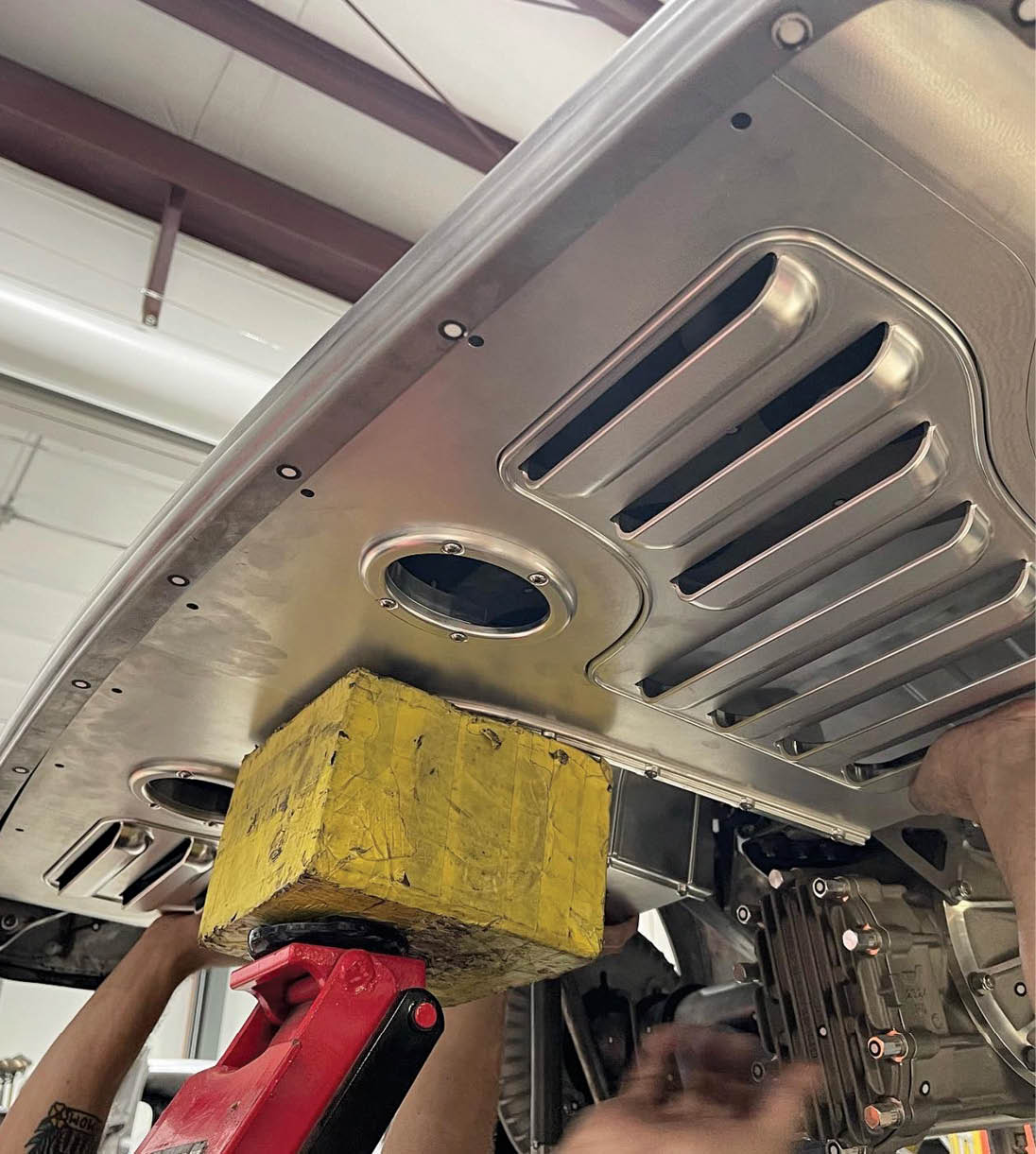
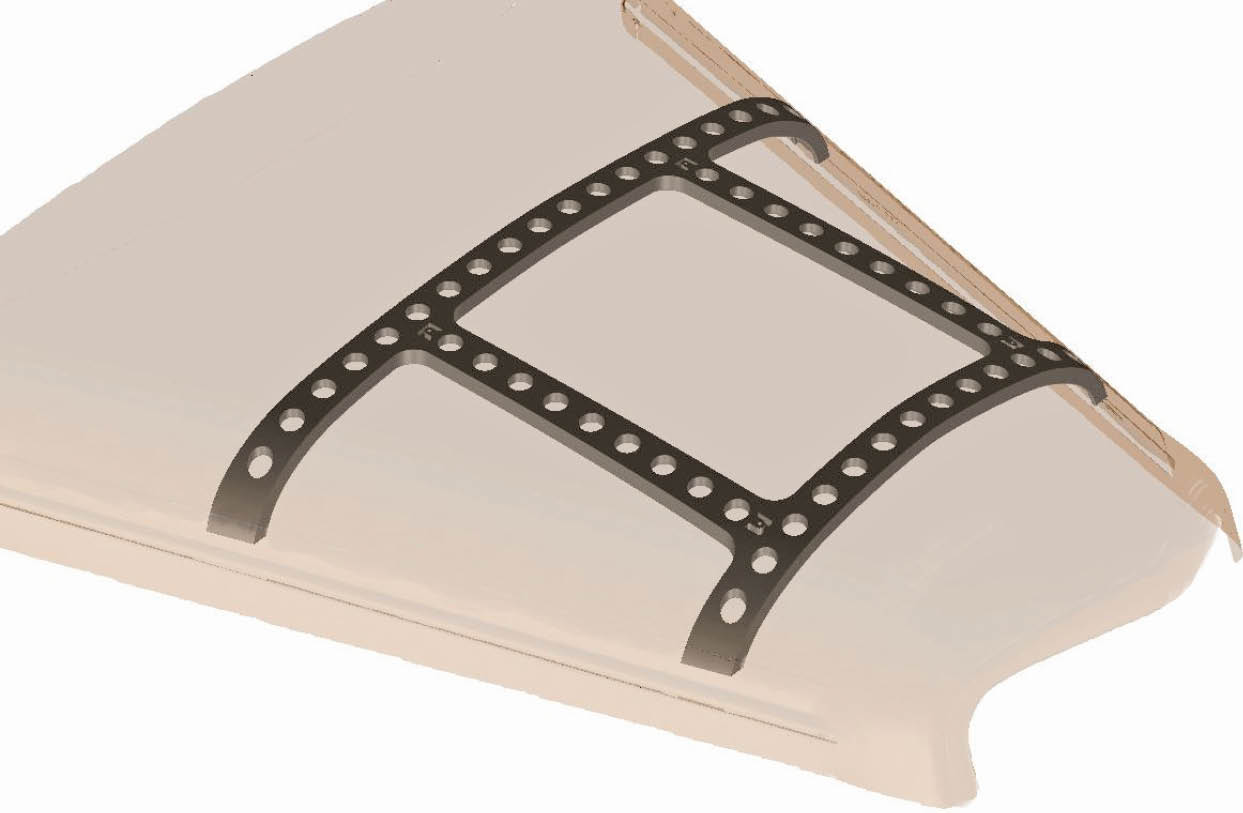
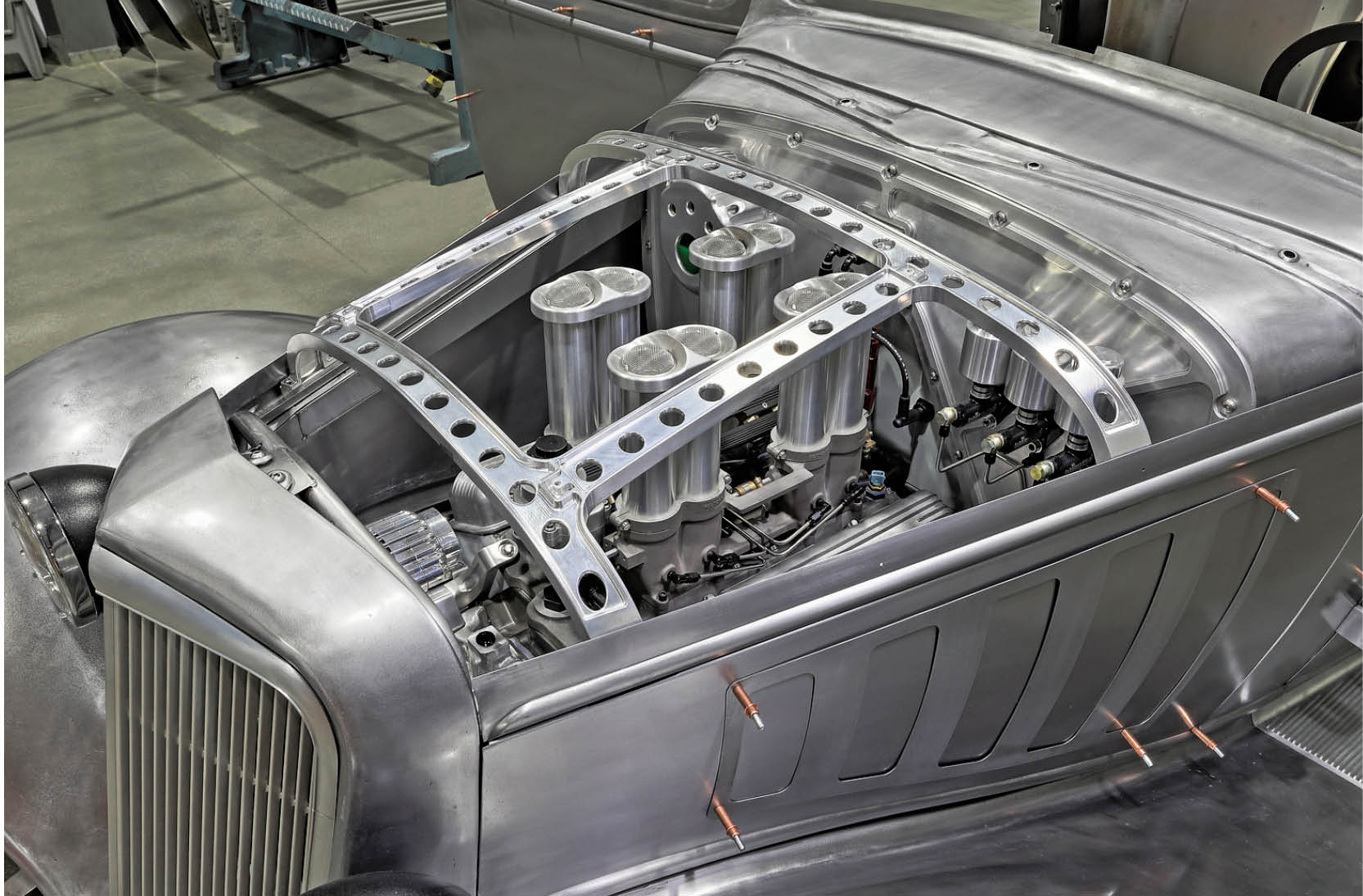
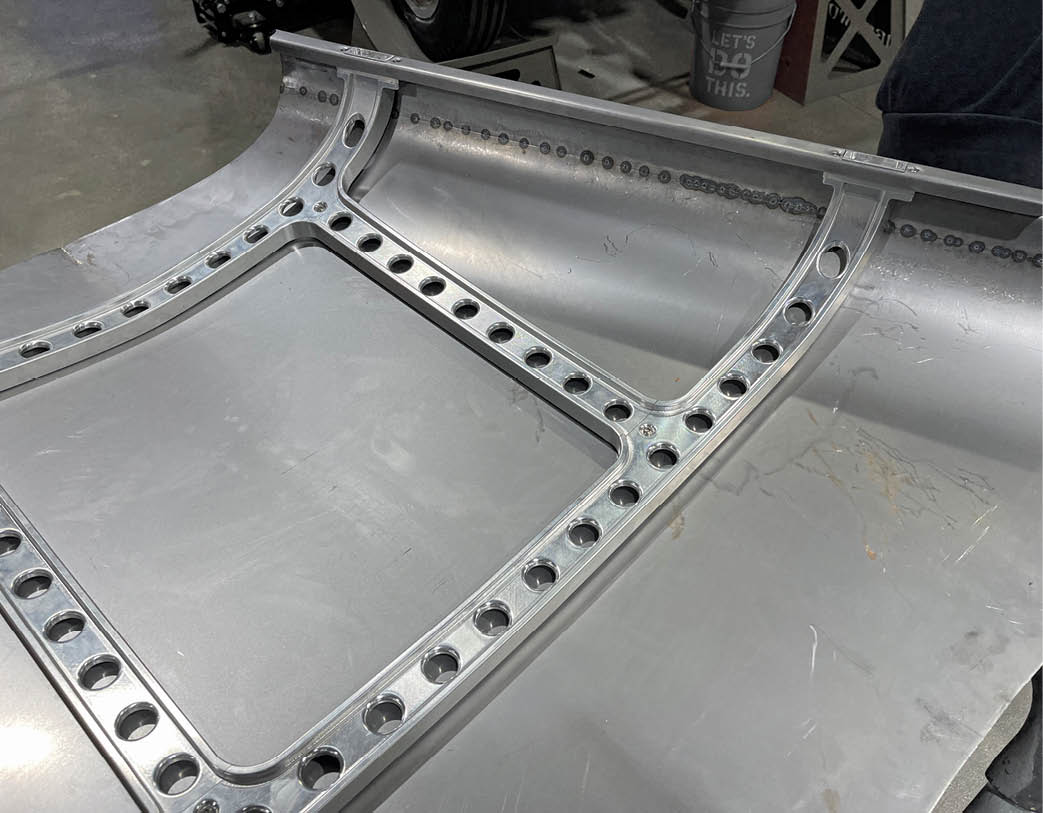

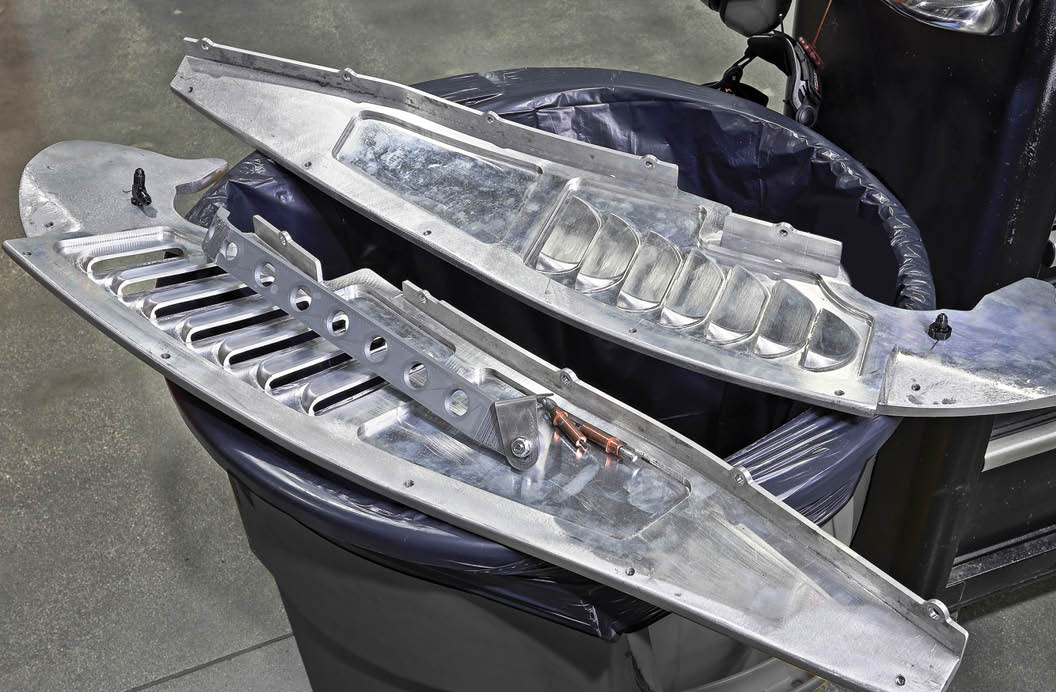

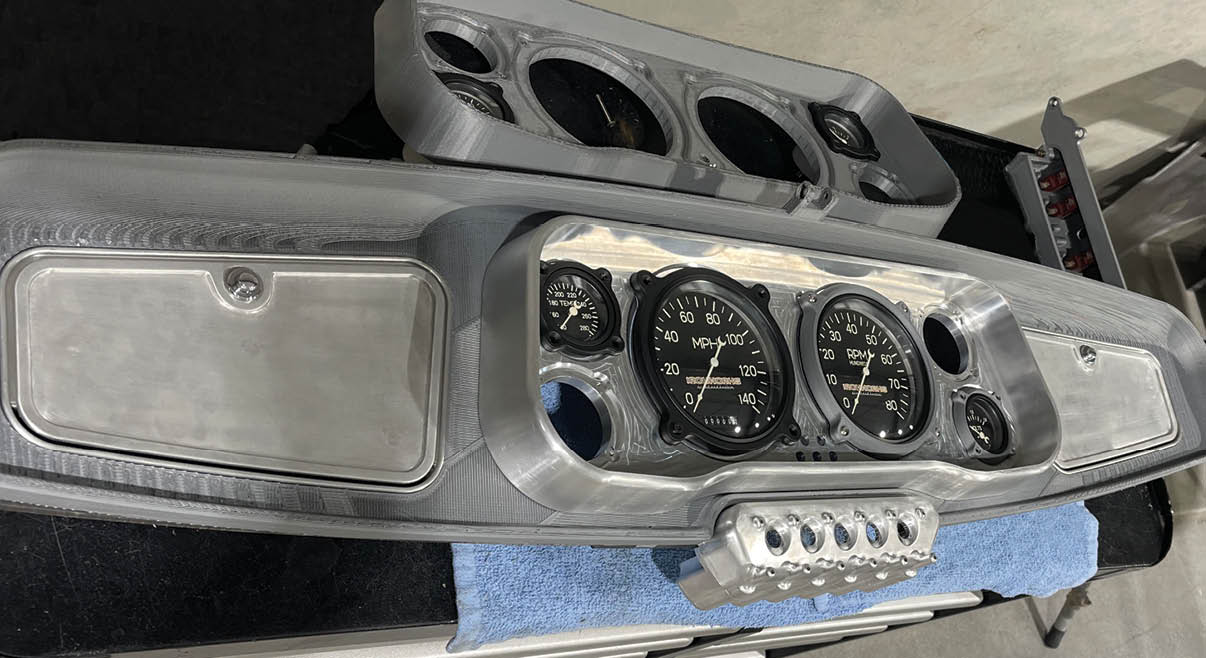
 SOURCE
SOURCEVOLUME 4 • ISSUE 31 • 2023